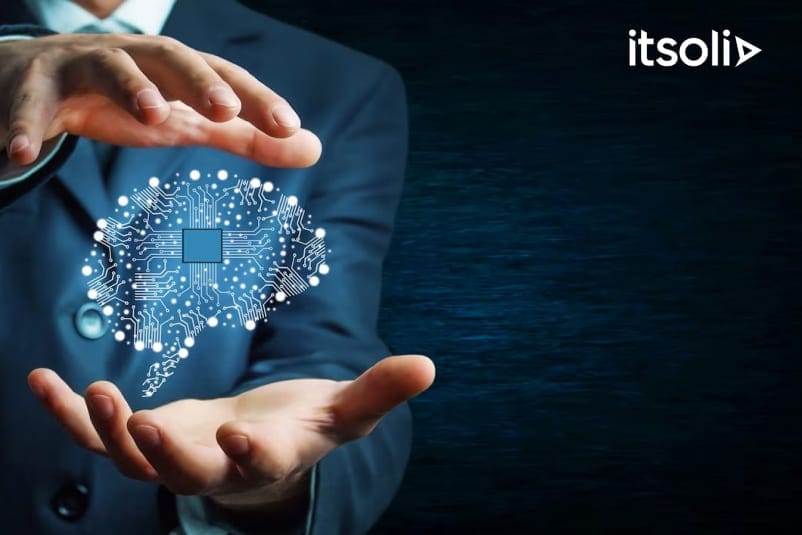
How Custom AI Agents Are Reshaping Enterprise Workflows
September 30, 2025
In every corner of the modern enterprise, workflows are being rewritten. Not by human process designers. Not by massive software overhauls. But by lightweight, task-focused AI agents that embed themselves directly into daily work.
These agents are not general-purpose bots. They are context-aware, role-specific, and goal-driven digital coworkers. And they are reshaping how enterprises operate from the inside out.
From One Big Model to Many Purposeful Agents
The initial wave of enterprise AI focused on large, central models. These engines powered recommendations, search, forecasting, and personalization at scale.
But that model-centric approach is giving way to agent-based thinking.
Instead of one model doing everything, enterprises are deploying swarms of agents, each tuned to:
- A specific role (e.g., procurement assistant, claims summarizer)
- A specific task (e.g., invoice matching, contract review)
- A specific workflow (e.g., onboarding, policy configuration)
This mirrors the human world — teams of specialists, not one all-knowing oracle.
What Makes an AI Agent Different?
A model predicts. An agent acts.
An AI agent is more than a large language model. It includes:
- Memory: to retain context across sessions
- Tools: access to APIs, databases, calculators, etc.
- Reasoning: ability to make decisions and take multi-step actions
- Identity: defined boundaries, access rights, and goals
- Interfaces: chat, voice, or UI integrations to work with humans
Think of them as software-powered colleagues — with a focus, a purpose, and an evolving understanding of their environment.
Where Agents Are Gaining Traction
Enterprises are deploying AI agents across a growing range of functions:
- Finance and Accounting
- Expense report validators
- Vendor payment agents
- Reconciliation bots
- Customer Service
- Tier 1 resolution agents
- Email triage bots
- Feedback sentiment analyzers
- Human Resources
- Candidate screening agents
- Onboarding assistants
- Policy explainer bots
- IT and Operations
- Knowledge base navigators
- Incident classification agents
- Change management summarizers
These agents reduce load on teams, improve response times, and surface insights that would otherwise stay buried in tickets or emails.
Embedded in Work, Not Bolted On
The power of these agents comes not from replacing entire systems, but from embedding into existing tools and processes.
For example:
- A finance agent inside an ERP dashboard auto-fills GL codes
- A legal agent in a contract review platform flags risk clauses
- An HR agent inside Slack answers leave policy questions
- A service agent inside Zendesk drafts replies for agents
This makes adoption seamless. There is no training required. The agent simply becomes part of the toolset.
The Shift Toward Goal-Based Design
One of the biggest changes AI agents bring is a move away from form-based workflow design.
Traditionally, enterprise processes are built around:
- Input forms
- Approval stages
- Routing rules
- Manual triggers
Agents upend this by being goal-oriented. You tell the agent what needs to be done, and it figures out how.
Example:
Old way: Fill out three forms to initiate a vendor onboarding
Agent way: "Add this new vendor to our approved list with a net-30 term" — and the agent handles the rest
This makes processes more adaptive and more natural.
Managing the Agent Swarm
As the number of agents grows, enterprises must think about:
- Orchestration
How do agents collaborate and pass work to each other? - Access Control
What data or systems can each agent touch? - Auditability
Can you trace what an agent did and why? - Performance Monitoring
How do you measure effectiveness and improve agents over time?
This is leading to the rise of agent platforms — systems to deploy, monitor, and coordinate fleets of AI workers across departments.
Building vs. Buying Enterprise Agents
Some agents can be built using commercial frameworks, such as LangChain or Semantic Kernel. Others are offered as plug-and-play tools from vendors.
The decision depends on:
- Complexity of the task
- Level of customization needed
- Security and data access needs
- Volume and frequency of use
- Integration points required
In most cases, a hybrid approach works best. Build core strategic agents, and buy utility agents that are easy to swap in and out.
Governance for Autonomous Agents
As agents take more autonomous actions, governance becomes critical. Consider policies for:
- Review thresholds before an agent takes irreversible actions
- Role-based permissions for different agents
- Escalation logic for uncertain or ambiguous inputs
- Feedback capture loops to refine agent behavior
This is not just about risk. It is about trust. If users trust the agent to act on their behalf, adoption soars.
What Enterprises Get When They Get Agents Right
The benefits compound:
- Faster decision-making: agents work 24/7 and never wait for instructions
- Process consistency: fewer errors, less variance
- Human focus: teams spend time on exceptions, not repetitive tasks
- Scalable expertise: knowledge is codified in the agent, not lost when employees leave
- Cross-system intelligence: agents connect data across silos and act on it
This is not about automation for its own sake. It is about augmenting teams to operate at a higher level.

© 2025 ITSoli

